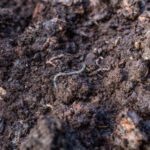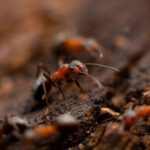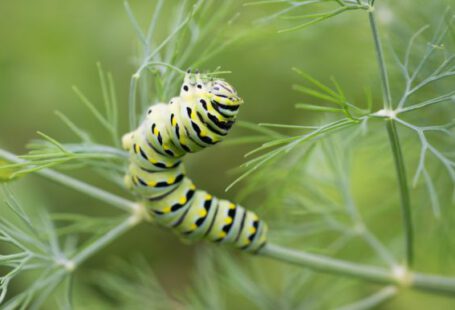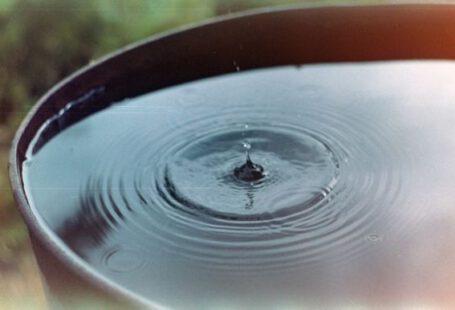Setting up a Drip Irrigation System for Edible Plants
Watering your edible plants is crucial for their growth and productivity. While manual watering can be time-consuming and inconsistent, a drip irrigation system offers a more efficient and effective solution. In this article, we will guide you through the process of setting up a drip irrigation system for your edible plants, ensuring they receive the right amount of water at the right time.
Benefits of Drip Irrigation
Drip irrigation offers several advantages over traditional watering methods. Firstly, it delivers water directly to the plant’s roots, minimizing evaporation and water waste. This targeted approach also prevents the foliage from getting wet, reducing the risk of fungal diseases. Additionally, drip irrigation systems can be automated, saving you time and effort in the long run.
Choosing the Right Components
Before setting up your drip irrigation system, it’s essential to gather the necessary components. Here are the key items you will need:
1. Mainline: This is the main pipe that connects your water source to the irrigation system. It should be durable and able to handle the water pressure.
2. Tubing: Use flexible tubing to distribute water from the mainline to the plants. The size of the tubing will depend on the water flow and the number of plants you have.
3. Emitters: These small devices control the flow of water to each plant. There are various types of emitters available, including drippers, micro-sprayers, and soaker hoses. Choose the one that suits your plants’ needs best.
4. Connectors: You will need connectors to attach the tubing and emitters to the mainline. Make sure they are compatible with the components you have chosen.
Installation Steps
Now that you have gathered all the necessary components, it’s time to set up your drip irrigation system. Follow these steps to ensure a successful installation:
1. Plan your layout: Before installing the system, map out your garden and determine where each plant will be located. This will help you determine the length of tubing and the number of emitters you will need.
2. Connect the mainline: Attach the mainline to your water source, ensuring it is tightly connected and secure. If necessary, use a pressure regulator to control the water flow.
3. Lay the tubing: Lay the tubing according to your planned layout, making sure it reaches each plant. Use stakes or clips to secure the tubing in place, avoiding any sharp bends or kinks.
4. Install the emitters: Attach the emitters to the tubing, placing them near the base of each plant. Adjust the flow rate of each emitter according to the plant’s water requirements.
5. Test the system: Turn on the water supply and check if the emitters are delivering water properly. Make any necessary adjustments to ensure equal water distribution.
Maintaining Your Drip Irrigation System
Once your drip irrigation system is installed, it’s important to maintain it regularly to ensure optimal performance. Here are a few tips for maintaining your system:
1. Check for leaks: Regularly inspect the system for any leaks or damaged components. Repair or replace them as needed to prevent water wastage.
2. Clean the emitters: Over time, emitters can become clogged with debris. Clean them regularly to ensure a consistent flow of water.
3. Adjust the system: As your plants grow, their water requirements may change. Adjust the flow rate of the emitters accordingly to meet their needs.
4. Winterize the system: Before winter arrives, drain the water from the system to prevent freezing and damage. Disconnect and store the components in a dry place until spring.
In conclusion, setting up a drip irrigation system for your edible plants is a wise investment that will save you time and water while ensuring your plants receive the optimal amount of moisture. By following the steps outlined in this article and maintaining your system, you can enjoy healthy and thriving plants throughout the growing season.





